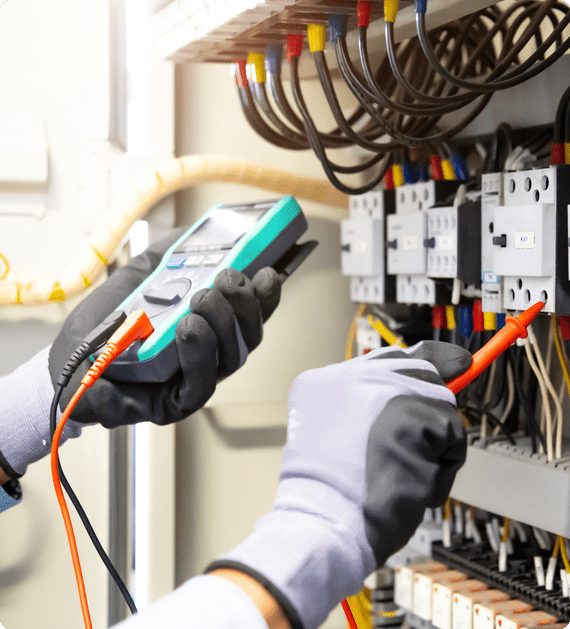Automotive Industries
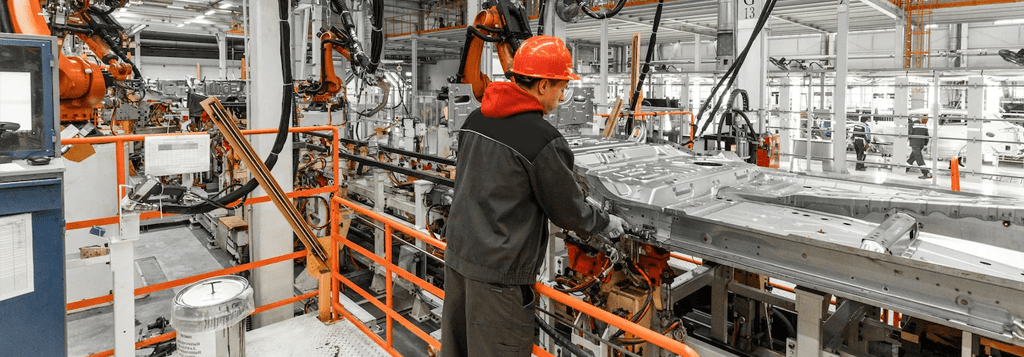
Case studies
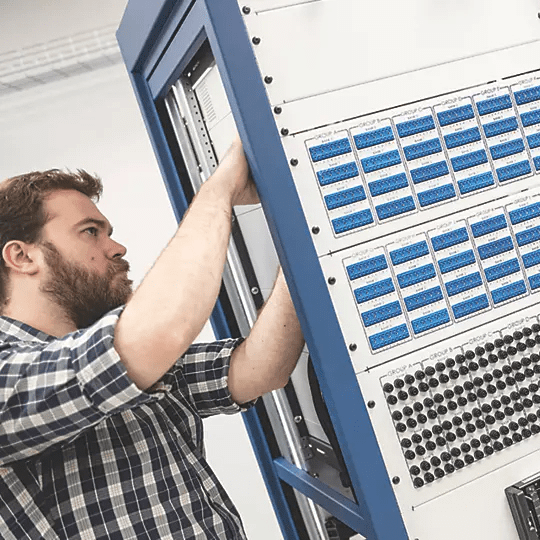
1. HIL (Hardware in Loop)
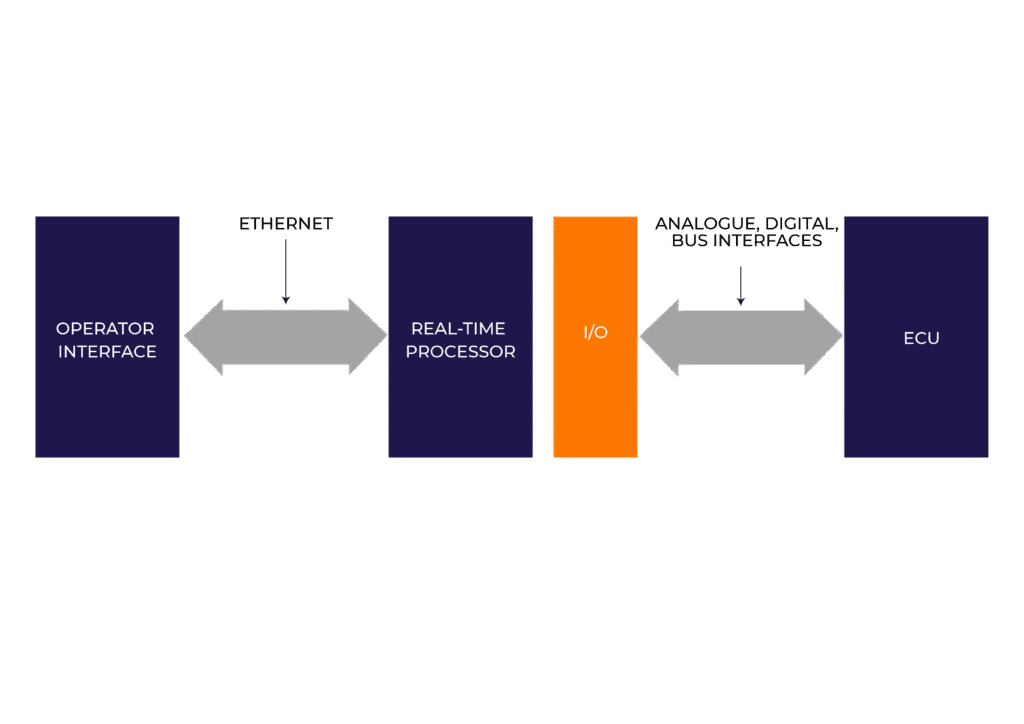
1. Software will simulate the control system to stimulate the DUT.
2. DUT is interfaced with vehicle ECU via CANFD interface.
1. Multiple device Communication
2. Automotive Diagnostic
2. ECU (Electronic Control Unit)

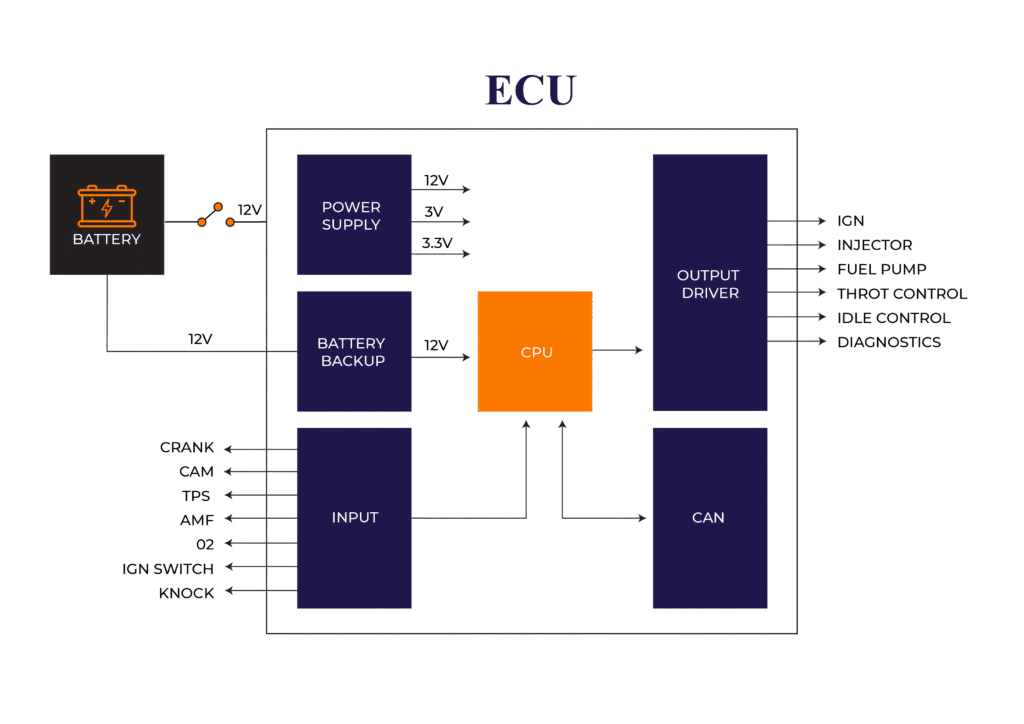
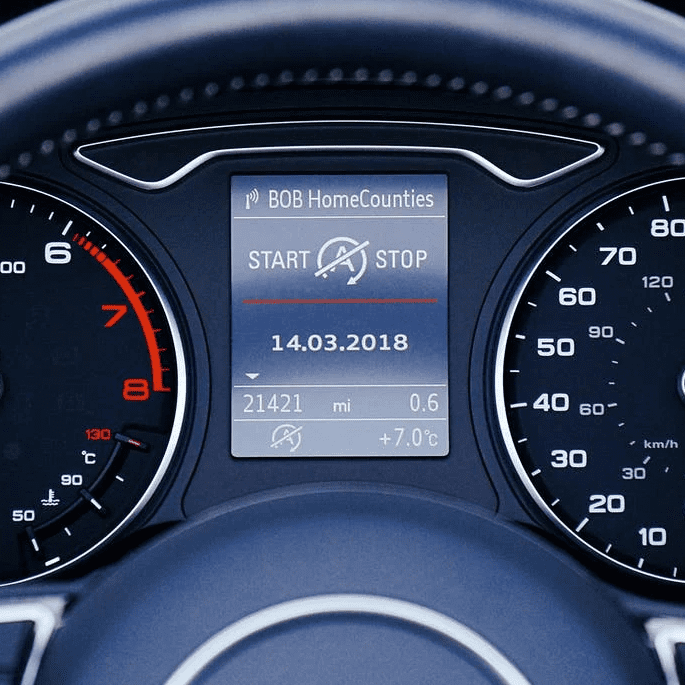
3. Instrument Cluster Tester
• Ability to turn ON and turn OFF sinking & source LEDs
• Ability to generate square wave of variable frequency.
• Simulation of test sequence in software.
• Provision for future expansion.
Application:
System will be used for performance and endurance test of auto-clusters. In the end of line functional testing of instrument clusters, various condition like speed, engine RPM, fuel tank level etc. were simulated through hardware and were applied to the respective pins of cluster and its behaviour to these input were noted. The speedometer & Tachometer indications are checked & these readings are within acceptable limit or not is checked, Checking of fuel gauge and temperature gauge indications, checking of tell-tale lamp conditions CAN Communication Protocol was used.
Conclusion:
The test system blended properly with the production flow because of the highly reliable NI hardware and the user-friendly test software.
The customer was not only able to speed up the testing process and bring down defective clusters shipped to zero but was also able to use the data from the test bench to fine tune the production process. All this was possible at one-fourth the cost of a ready to use tester because of the configurable solution offered through the Virtual Instrumentation approach.
Related solutions
